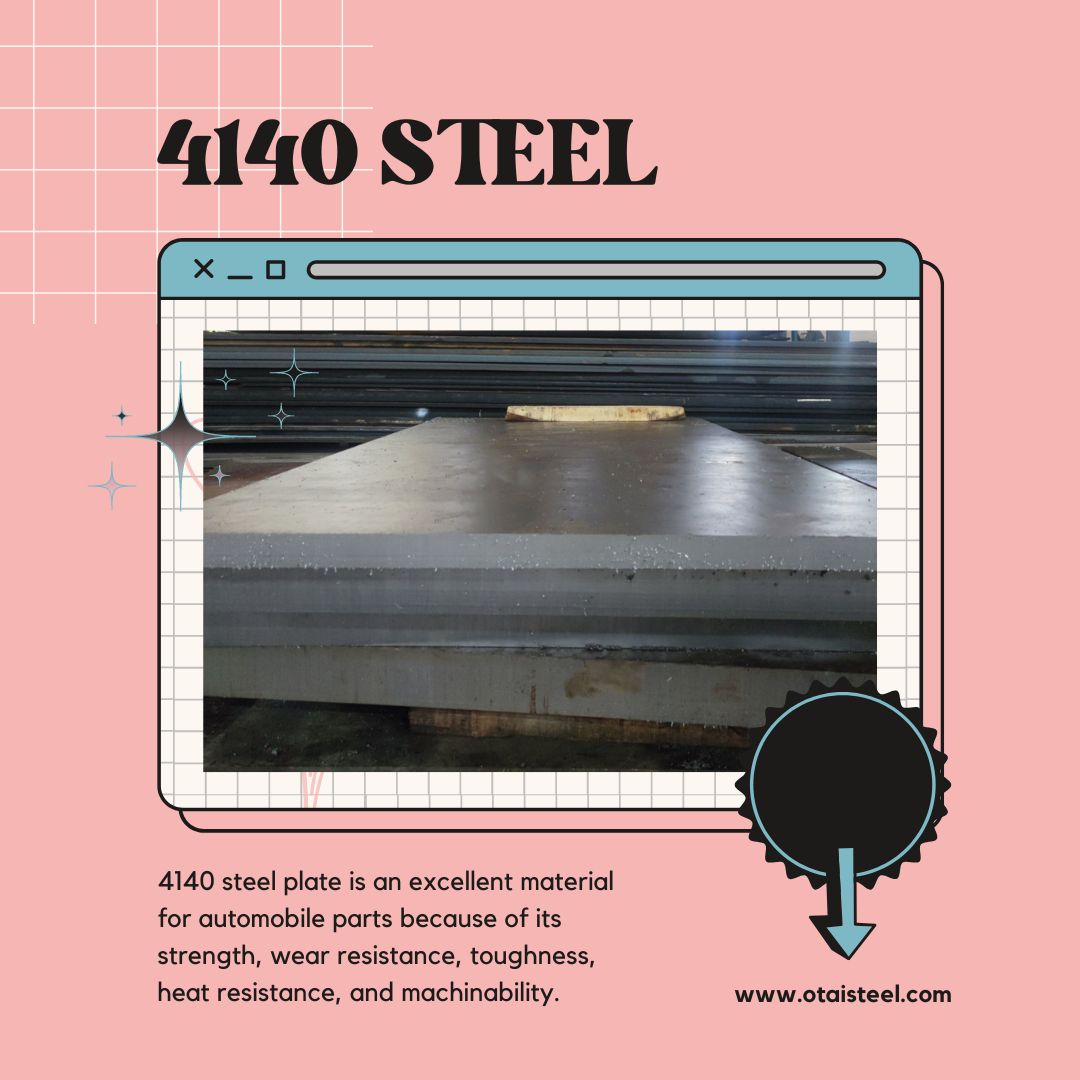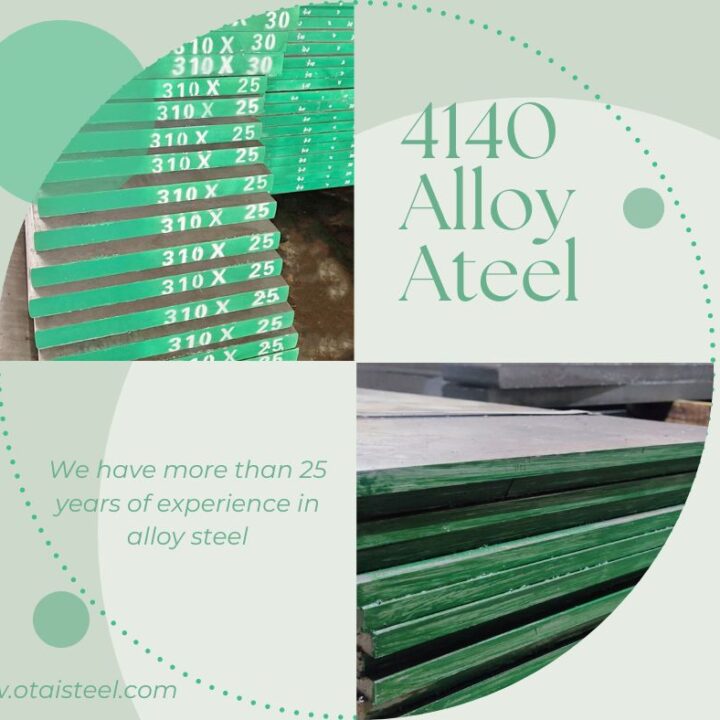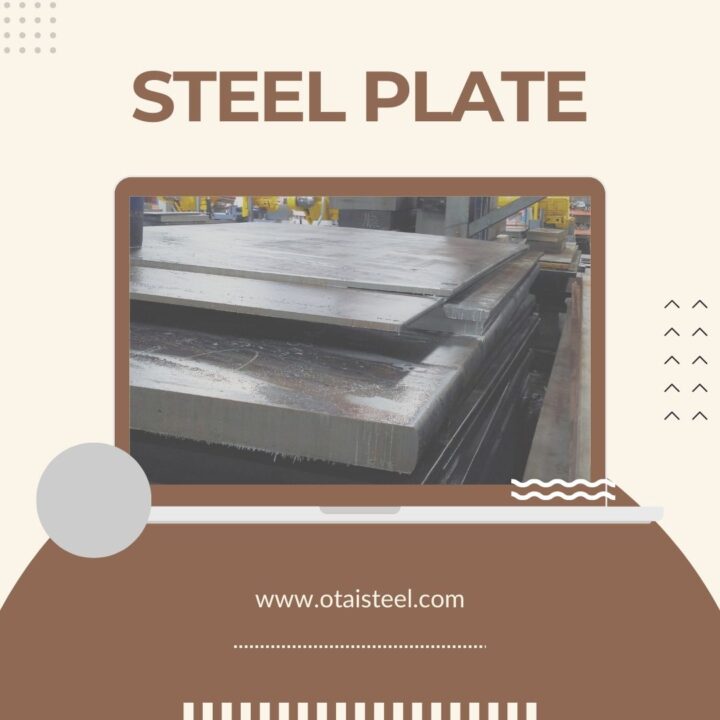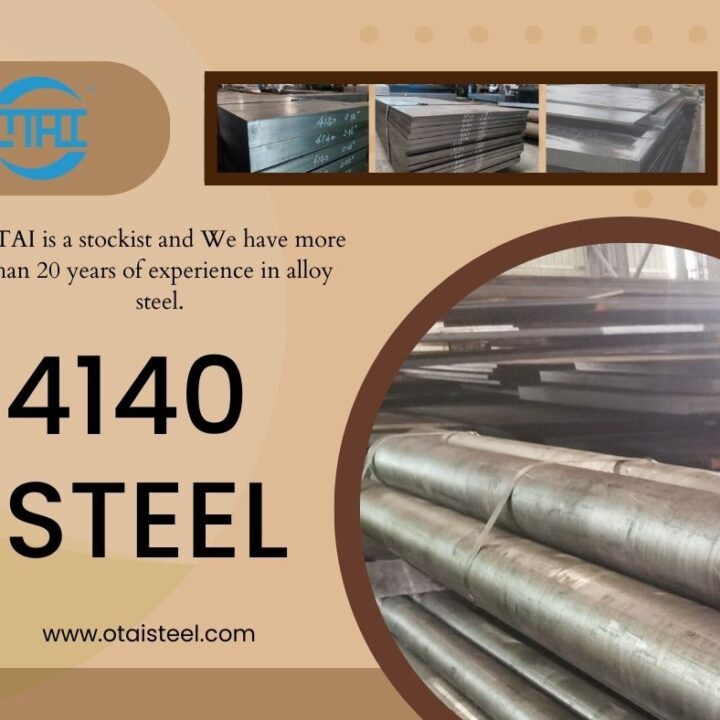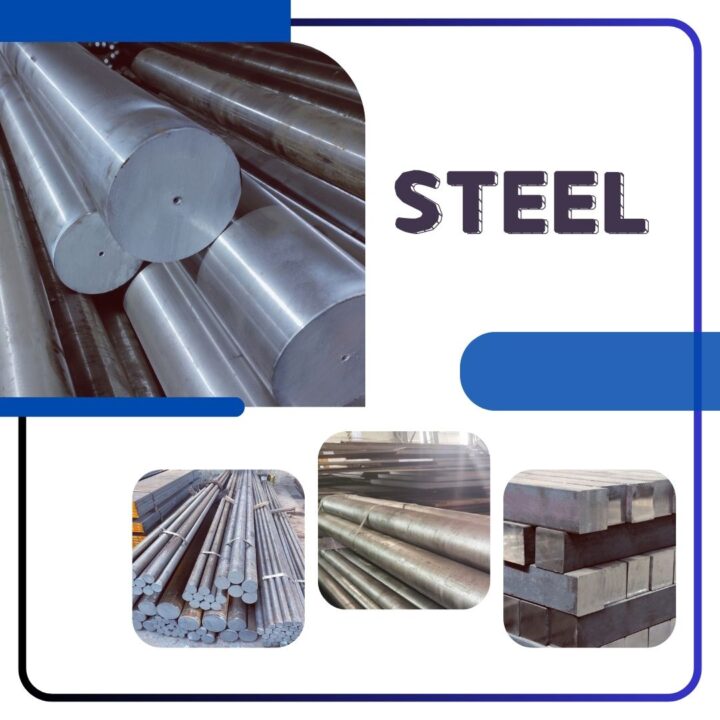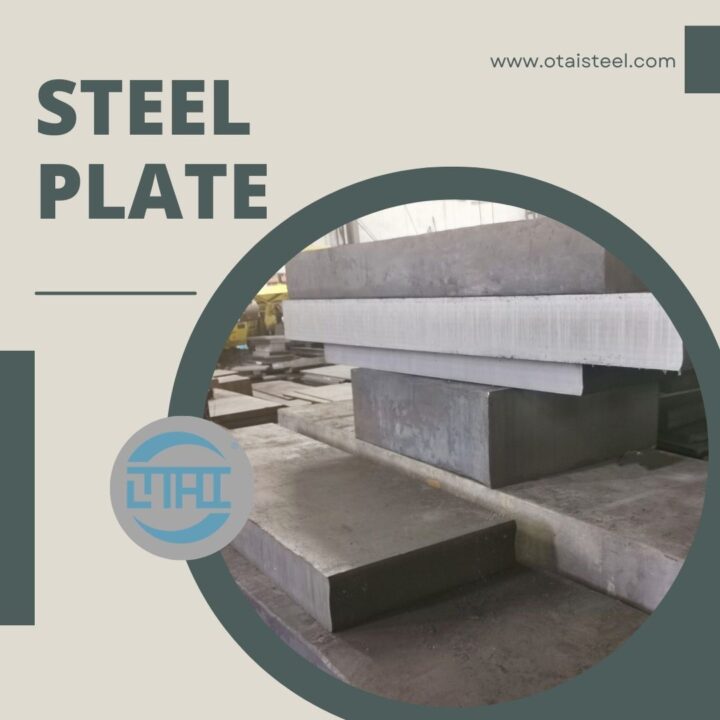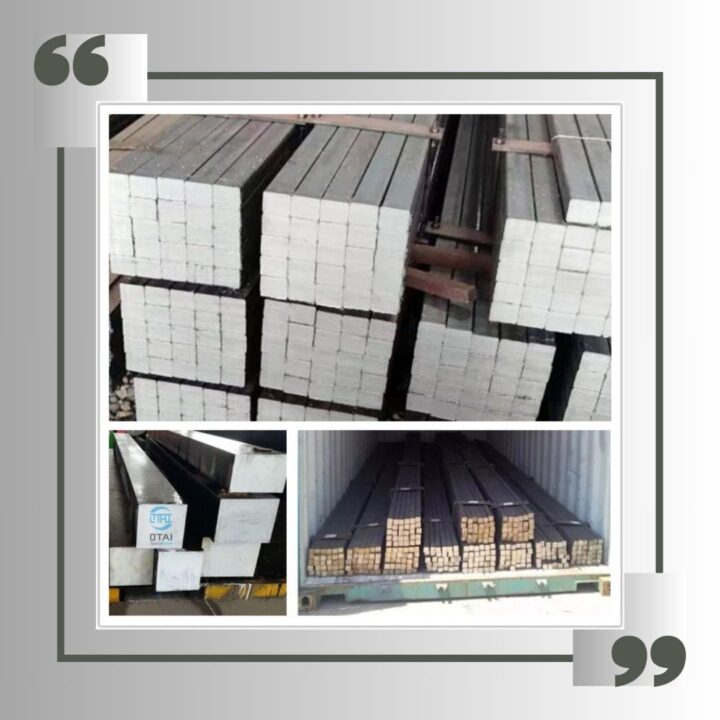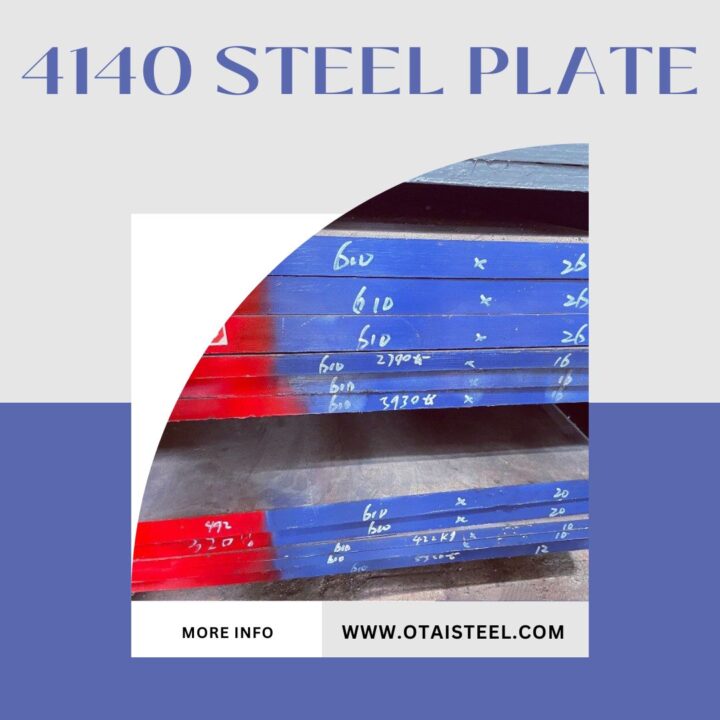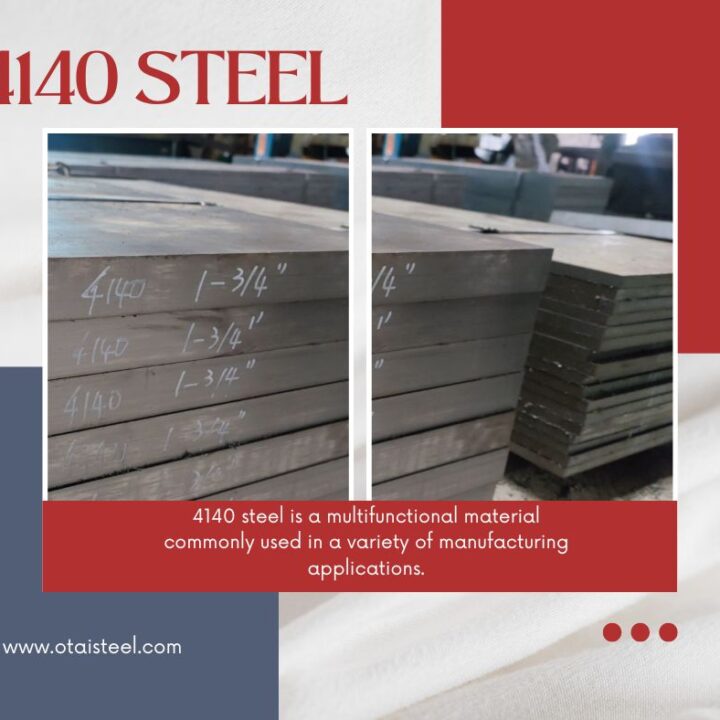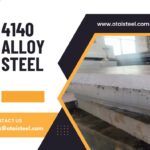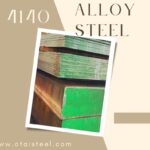A Comprehensive Guide to Welding 4140 alloy Steel
Welding 4140 steel is a common practice in many industries, including aerospace, automotive, and construction. However, the steel is known for its high hardenability, making it challenging to weld.
To successfully weld 4140 steel, it is very important to choose the correct welding technique and welding material. The most common welding methods for 4140 steel are GTAW, GMAW and SMAW.
The choice of filling metal is also important. For 4140 steel, it is recommended to use a low hydrogen electrode or wire, such as E7018, to reduce the risk of cracking. Preheating the base metal before welding also helps prevent cracking.
Proper joint preparation must be ensured to ensure solid welding.
The joint should be clean and free of any impurities such as rust, oil or grease. The joint should also be properly angled to allow proper penetration and fusion.
During welding, it is important to maintain proper heat input to prevent the formation of brittle microstructure that may lead to cracking. The heat input can be controlled by adjusting the welding speed and current.
The weld shall be inspected after welding to ensure that it meets the necessary strength and quality requirements. This can be done by visual inspection, X-ray examination, or other nondestructive testing methods.
Welding 4140 steel requires careful consideration of welding techniques, filler metal, joint preparation, and heat input. By following these guidelines, you can achieve a strong and durable weld. Proper inspection and testing of welds is also important to ensure their quality and safety. (Welding 4140 alloy Steel)
